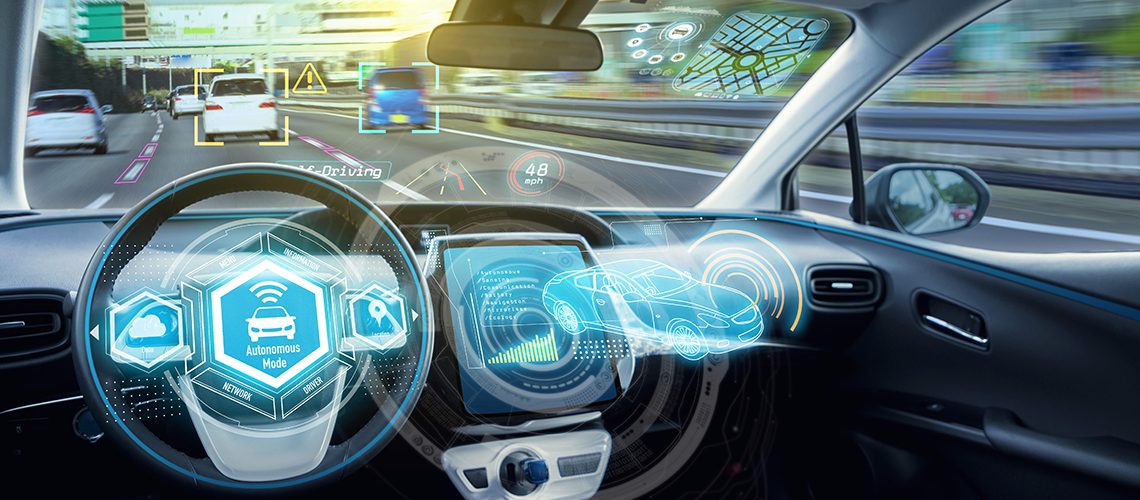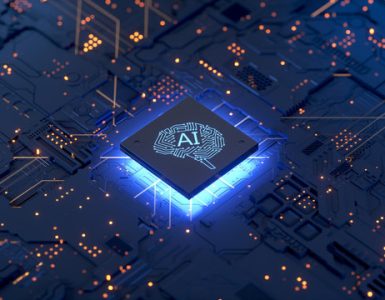In the bustling world of urban transportation, Uber is quietly orchestrating a revolution that extends far beyond the streets. As the company’s fleet of self-driving cars navigates city thoroughfares, a vast network of engineers and data scientists is working behind the scenes to redefine the very fabric of software development and deployment. At the heart of this transformation lies Uber’s relentless pursuit of automation—a quest to streamline the complex process of continuous deployment for its cutting-edge autonomous vehicle technology.
The Vision of Seamless Innovation
Imagine a world where software updates for self-driving cars are as seamless as the ride itself—where the wheels of innovation never stop turning. This is the vision driving Uber’s Blueprint, an ambitious initiative aimed at cracking the code of continuous deployment. By leveraging the power of machine learning and automation, Uber is accelerating the development and deployment of new features for its autonomous fleet.
The Challenge of Scale
Uber’s challenge is monumental: to create a stable infrastructure that can support the rapid prototyping, testing, and iteration of features for a system that must scale to serve millions of passengers worldwide. This infrastructure must not only handle an ever-growing codebase but also leverage increasing computational power without introducing unnecessary friction into the development process.
The Pillars of Uber’s Automation Strategy
Continuous Integration and Deployment (CI/CD)
At the core of Uber’s strategy is the integration of robust CI/CD systems. These systems ensure that every update to the self-driving software is:
- Safe: Rigorously tested to prevent potential safety hazards
- Efficient: Optimized for performance across various driving conditions
- Transparent: Easily traceable and reversible if issues arise
Machine Learning in Deployment
Uber’s use of machine learning in the deployment process is particularly innovative. ML algorithms are employed to:
- Predict potential issues before they occur in real-world scenarios
- Optimize the timing and scope of updates based on traffic patterns and usage data
- Enhance the decision-making capabilities of self-driving systems in real-time
The Journey of Continuous Improvement
The path to perfecting continuous deployment for self-driving technology is fraught with challenges, but the rewards are tangible:
- Faster Innovation: Rapid deployment of new features and improvements
- Reduced Errors: Automated testing catches issues before they affect passengers
- Enhanced Reliability: Consistent performance across the entire fleet of vehicles
Overcoming Obstacles
Uber’s engineers have had to overcome significant hurdles, including:
- Ensuring the safety of updates in a system where errors can have serious real-world consequences
- Managing the complexity of deploying updates across a diverse fleet of vehicles
- Balancing the need for rapid innovation with stringent regulatory requirements
Lessons from the Trenches
As Uber continues its automation quest, several key insights have emerged:
- The Importance of Data: Vast amounts of real-world driving data are crucial for training and validating autonomous systems.
- Flexibility is Key: The deployment system must be adaptable to handle unforeseen challenges and edge cases.
- Human Oversight Remains Critical: While automation drives efficiency, human expertise is essential for interpreting results and making strategic decisions.
The Future of Autonomous Vehicle Development
Uber’s pioneering work in automating continuous deployment for self-driving technology is setting new standards for the industry. As the company refines its processes, we can expect to see:
- More frequent and seamless updates to autonomous driving capabilities
- Increased collaboration between AI systems and human developers
- A shift towards predictive maintenance and proactive feature deployment
Conclusion
Uber’s automation quest represents more than just a technological advancement—it’s a paradigm shift in how we approach software development for critical systems like self-driving cars. By pushing the boundaries of continuous deployment, Uber is not only enhancing the reliability and efficiency of its autonomous fleet but also paving the way for safer, more innovative transportation solutions for cities around the world.As we look to the future, it’s clear that the lessons learned from Uber’s journey will have far-reaching implications, influencing everything from urban planning to the very way we conceive of personal transportation. The road ahead is long, but with each automated deployment, Uber is driving us closer to a world where autonomous vehicles are not just a possibility, but a seamless part of our daily lives.
For more artificial intelligence related articles, follow this link here.






Add comment